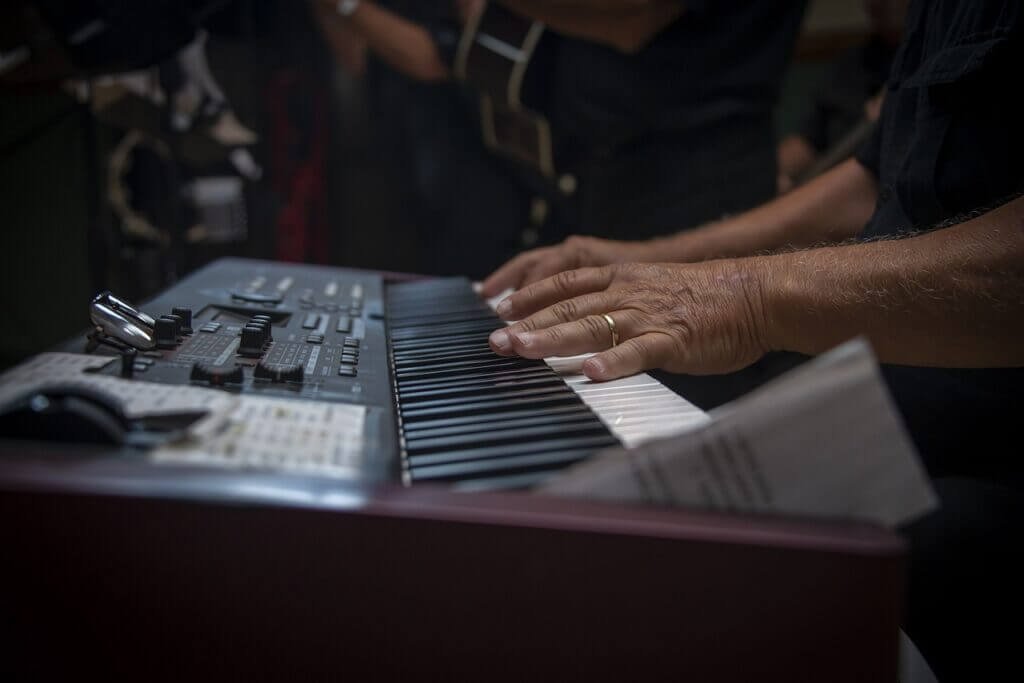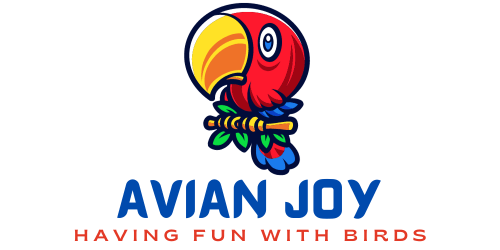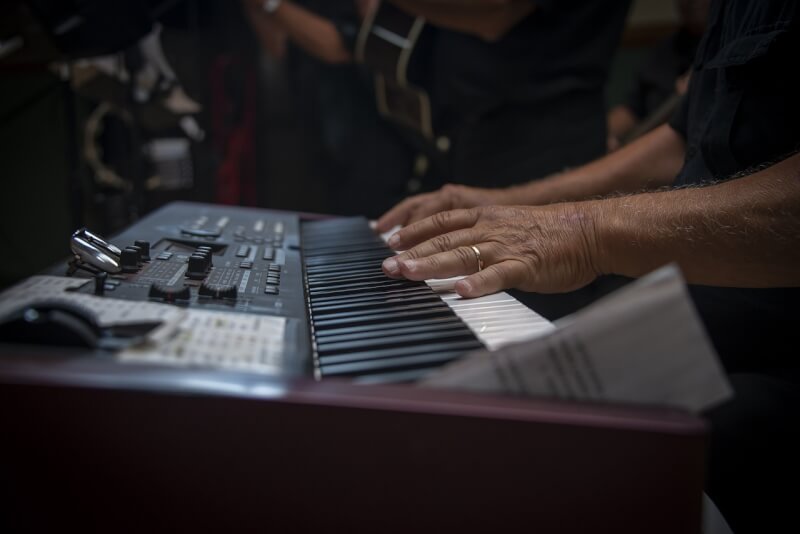Traveling with a pet bird can be an exciting yet challenging experience. Whether you’re taking your feathered friend on a vacation or relocating to a new home, it’s important to ensure their well-being and comfort throughout the journey. From providing a secure and comfortable travel carrier to keeping familiar items nearby, there are several best practices to follow that will make your avian adventure as stress-free as possible. In this article, we will explore some of the top tips and tricks for traveling with a pet bird, so you can embark on your journey without worrying about your little companion.

Selecting the right carrier
Choosing a carrier with proper ventilation
When selecting a carrier for your pet bird, it is crucial to choose one that provides proper ventilation. Good airflow is essential for your bird’s comfort and overall well-being during travel. Look for carriers with mesh sides or openings that allow fresh air to circulate while preventing the bird from escaping. Avoid carriers with solid walls or limited airflow, as they can cause heat and stress to your bird.
Ensuring the carrier is the right size for the bird
Another important consideration when selecting a carrier is ensuring it is the right size for your bird. The carrier should provide enough space for your bird to comfortably move around, stretch its wings, and perch. However, it should not be excessively large, as this can create a unstable environment during travel. The carrier should also have a secure door latch that prevents accidental escape while allowing easy access for you to interact with your bird.
Selecting a carrier that is secure and escape-proof
The safety and security of your bird should be a top priority when choosing a carrier. Look for carriers that have sturdy construction and secure locks to prevent any possibility of escape. Check that all doors and openings are securely fastened and cannot be opened accidentally. Additionally, ensure that the carrier is made of non-toxic materials and does not have any sharp edges or hazards that could potentially harm your bird during travel.
Preparing the bird for travel
Getting the bird accustomed to the carrier
Before embarking on a journey, it is important to get your bird accustomed to the carrier. Start by placing the carrier in your bird’s environment and allowing them to explore it at their own pace. Gradually introduce the carrier as a positive and safe space by placing treats, toys, or familiar items inside. Spend time near the carrier, talking to your bird, and offering reassurance. With patience and positive reinforcement, your bird will gradually become comfortable with the carrier and associate it with positive experiences.
Ensuring the bird is comfortable with short trips before long journeys
To ensure your bird’s comfort and readiness for longer journeys, it is advisable to start with shorter trips. Take your bird on short car rides or outings to gradually acclimate them to the experience of traveling. Observe their behavior and reactions during these trips, looking for signs of stress or discomfort. If your bird shows signs of distress, take steps to make the experience more positive, such as offering treats or playing calming music. Once your bird demonstrates ease with shorter trips, they will be better prepared for longer journeys.
Providing familiar items inside the carrier for security
Including familiar items inside the carrier can provide a sense of security and comfort for your bird during travel. Place some of their favorite toys, perches, or bedding inside the carrier, as these items will retain their familiar scent and help create a sense of familiarity. Familiar items also help alleviate any stress or anxiety your bird may experience by providing a connection to their home environment. However, make sure any items placed inside the carrier are safe, non-toxic, and securely fastened to prevent them from becoming hazards during the journey.

Securing necessary documentation
Checking travel requirements and restrictions
Before embarking on a journey with your pet bird, it is essential to check the travel requirements and restrictions in both your departure and destination locations. Different countries, states, or airlines may have specific regulations regarding the transportation of birds. Research the necessary permits, health certificates, or documentation required for travel, and ensure you comply with all regulations. Ignoring or neglecting these requirements can lead to delays, fines, or even the confiscation of your bird.
Gathering required paperwork such as health certificates or permits
Once you have familiarized yourself with the travel requirements, gather all the necessary paperwork for your bird’s journey. This may include health certificates, permits, or vaccination records. Schedule a visit to your avian veterinarian well in advance of your travel date to ensure your bird is in excellent health and able to meet the necessary requirements. Keep all documentation organized and easily accessible during your journey to facilitate any necessary inspections or verifications.
Keeping identification tags and microchips up to date
In addition to the required paperwork, it is vital to have proper identification for your bird. Make sure your bird is wearing a leg band with identification tags that include your contact information. This will aid in the retrieval of your bird should they accidentally escape during travel. Additionally, consider having your bird microchipped by a veterinarian. Ensure that the microchip’s registration information is up to date to increase the chances of a safe return in case of separation or loss.
Planning the travel itinerary
Choosing bird-friendly accommodations
When planning your travel itinerary, it is important to choose accommodations that are bird-friendly. Check with hotels or rental properties in advance to ensure they allow pets, specifically birds, and inquire about any specific requirements or restrictions they may have. Consider the proximity of the accommodation to nature reserves or parks, as this can provide opportunities for your bird to safely explore and enjoy outdoor activities.
Researching pet-friendly destinations and activities
To make the most of your journey with your pet bird, spend time researching pet-friendly destinations and activities. Look for parks, gardens, or nature reserves that allow birds on leashes or in designated areas. These places provide opportunities for your bird to stretch its wings, interact with nature, and enjoy new experiences. Additionally, research local bird shops or pet stores that cater to the needs of avian companions, as they may offer products or services specifically geared towards traveling birds.
Scheduling rest stops and breaks for the bird
Just like humans, birds require breaks and rest periods during travel. Plan your journey in a way that allows for regular stops to give your bird the opportunity to stretch, eat, drink, and relieve itself. Identify suitable areas along your route where your bird can safely come out of the carrier and engage in controlled activities. Take breaks that are long enough to provide necessary care for your bird, but not so long as to disrupt their sleep patterns or routine.

Maintaining a consistent diet and routine
Packing enough of the bird’s regular food and treats
Birds thrive on routine and a consistent diet, so it is crucial to pack enough of their regular food and treats for the journey. Familiarity with their usual food will help your bird feel secure and reduce any potential digestive issues. Measure out the appropriate portions of food for each leg of the journey and pack them in secure, airtight containers. Remember to also bring some treats to reward good behavior or as a source of comfort during stressful situations.
Determining suitable meal times during the journey
Maintaining a consistent routine when it comes to meal times is important for your bird’s well-being. Consider the duration of your journey and plan meal times accordingly. Try to stick to your bird’s regular feeding schedule as closely as possible, ensuring they receive their meals at their usual times. However, be flexible and make adjustments as necessary to accommodate travel constraints or time zone changes. Providing a sense of stability through regular meals will help keep your bird calm and content during the journey.
Maintaining regular sleep patterns for the bird
Birds require sufficient sleep to stay healthy and alert. It is essential to prioritize their regular sleep patterns during travel. Consider your bird’s normal sleep routine and try to provide a similar environment during the journey. This may involve covering the carrier partially to create a darkened space or utilizing a bird-specific sleep tent or cage cover. Providing a calm, restful environment will help your bird relax and ensure that they get the necessary amount of sleep to maintain their wellbeing.
Providing a comfortable and safe travel environment
Using a padded carrier or lining the carrier with soft materials
To provide a comfortable travel environment for your bird, consider using a padded carrier or lining the carrier with soft materials. This will provide added cushioning and reduce the impact of any bumps or movements during travel. Choose materials that are easy to clean, such as towels or blankets, and avoid materials that may be hazardous or potentially ingested by your bird. Ensure that the lining is secure and does not pose any tripping hazards or dangers to your bird.
Avoiding exposure to extreme temperatures and direct sunlight
Birds are sensitive to temperature fluctuations and can easily succumb to extreme heat or cold. Take measures to avoid exposing your bird to extreme temperatures during travel. This may involve adjusting your travel schedule to avoid the hottest or coldest parts of the day or year. During transit, ensure that the carrier is shielded from direct sunlight and kept in a temperature-controlled environment. Use car shades or covers to block out excessive sunlight and maintain a comfortable temperature for your bird.
Minimizing noise and distractions during travel
Noise and distractions can be highly stressful for birds, so it is important to minimize these factors during travel. Keep your bird’s carrier away from loud noises or excessive activity. Use noise-cancelling headphones or play soft, calming music during transit to create a more soothing environment. Minimize sudden movements or jolts, as these can startle or distress your bird. Maintaining a calm and peaceful environment will contribute to your bird’s comfort and reduce their anxiety during the journey.
Ensuring proper hydration
Bringing an adequate supply of freshwater for the bird
During travel, it is crucial to ensure that your bird stays adequately hydrated. Bring an adequate supply of freshwater for your bird in a spill-proof container. Monitor your bird’s water consumption and refill the container regularly during breaks and rest stops. It is important to use fresh, clean water that your bird is accustomed to. Avoid providing water from unfamiliar sources, as it may deter your bird from drinking and potentially cause dehydration.
Offering water regularly during breaks and rest stops
In addition to providing a water supply for your bird, offer them water regularly during breaks and rest stops. Encourage your bird to drink by gently offering a shallow dish or container filled with water. Pay attention to your bird’s body language and behavior to gauge their level of thirst and adjust water frequency as needed. Providing water during regular intervals will help prevent dehydration and ensure your bird’s well-being throughout the journey.
Avoiding dehydration by monitoring bird’s water intake
Dehydration can be a serious health risk for birds, especially during travel. It is crucial to monitor your bird’s water intake and take steps to avoid dehydration. Keep an eye on the water level in your bird’s container and observe their drinking habits. Signs of dehydration include lethargy, loss of appetite, dry or discolored feathers, and changes in droppings. If you notice any signs of dehydration, offer water immediately and consult with a veterinarian if necessary.
Keeping the bird entertained and stimulated
Packing familiar toys and perches for the journey
To keep your bird entertained and stimulated during travel, pack some of their favorite toys and perches. Familiar toys will provide your bird with a sense of comfort and security, alleviating any boredom or anxiety that might arise during the journey. Perches that mimic the texture and feel of their regular perches will also help maintain your bird’s comfort and natural perching instincts. Be mindful of packing toys and perches that are safe, lightweight, and do not pose any hazards during transit.
Engaging in interactive play during breaks
Providing opportunities for interactive play during breaks can help keep your bird mentally stimulated and entertained. Set aside time during each break to engage your bird in activities such as playing with toys, teaching new tricks, or engaging in interactive games. This will provide mental stimulation and help relieve any restlessness or boredom that may arise during travel. Be attentive to your bird’s behavior and preferences, adjusting playtime activities as needed to keep them engaged and happy.
Providing mental stimulation to prevent boredom
Boredom can negatively impact your bird’s well-being and may lead to behavioral issues. To prevent boredom during travel, provide mental stimulation through various means. Offer puzzle toys that stimulate problem-solving skills or provide foraging opportunities to keep your bird engaged. Consider introducing new toys or rotating their toys periodically to spark curiosity and maintain interest. Providing mental stimulation will help keep your bird mentally sharp and content during the journey.
Prioritizing bird safety during travel
Avoiding exposure to toxic fumes or chemicals
Birds are highly sensitive to toxic fumes and chemicals, which can have severe health consequences. Take care to avoid exposing your bird to any harmful substances during travel. Avoid placing the carrier near cleaning chemicals, exhaust fumes, or any strong-smelling substances. Use caution when refueling your vehicle or using aerosol sprays in the vicinity of your bird. Additionally, avoid smoking around your bird, as second-hand smoke can be harmful. Prioritizing bird safety by eliminating exposure to potentially toxic substances will help ensure their well-being during travel.
Ensuring the bird is securely harnessed or in the carrier at all times
To prevent accidental escapes or injuries during travel, ensure that your bird is securely harnessed or in the carrier at all times. A well-fitted bird harness can provide an extra layer of safety when your bird is out of the carrier. However, always supervise your bird while they are harnessed to prevent them from getting tangled or injured. When not harnessed, keep your bird securely inside the carrier, ensuring that all doors and openings are properly closed and locked. This will prevent any chance of accidental escapes and keep your bird secure throughout the journey.
Monitoring the bird’s behavior and health throughout the journey
Throughout the journey, it is important to constantly monitor your bird’s behavior and health. Familiarize yourself with your bird’s normal behavior and pay attention to any changes that might indicate discomfort, stress, or illness. Look for signs such as excessive vocalization, decreased appetite, abnormal droppings, or physical changes in appearance. Address any concerns promptly by seeking veterinary advice or adjusting travel conditions to ensure your bird’s safety and well-being.
Seeking professional guidance if needed
Consulting with an avian veterinarian before travel
Before embarking on a journey with your pet bird, it is advisable to consult with an avian veterinarian. An avian veterinarian can provide valuable guidance specific to your bird’s health, dietary, and behavioral needs. They can conduct a thorough examination to ensure your bird is fit for travel and provide necessary vaccinations or treatments. Additionally, they may be able to offer advice on travel-specific concerns or recommend any additional precautions or measures to enhance your bird’s well-being during the journey.
Getting advice on specific dietary, health, or behavioral concerns
In addition to general guidance, an avian veterinarian can provide advice on specific dietary, health, or behavioral concerns that you may have about your bird. They can tailor recommendations based on your bird’s individual needs, considering factors such as species, age, and any pre-existing conditions. Discuss any concerns you have regarding your bird’s diet, potential travel-related health risks, or behavioral adjustments that may be necessary during the journey. Seeking professional guidance can help ensure that you are proactively addressing any potential challenges or risks associated with traveling with your bird.
Finding a professional bird sitter or boarding facility if necessary
In some situations, it may be necessary to find a professional bird sitter or boarding facility to care for your bird during your absence or when traveling becomes too challenging. When researching bird sitters or boarding facilities, look for professionals with experience in handling and caring for birds. Visit the facility or meet the sitter beforehand to ensure they have appropriate accommodations and can provide the necessary care, including proper diet, exercise, and attention. Leaving your bird in the care of knowledgeable professionals will give you peace of mind and allow you to focus on your travel with confidence.
In conclusion, traveling with a pet bird requires careful consideration and preparation. By selecting the right carrier, getting your bird accustomed to travel, securing necessary documentation, planning the travel itinerary, maintaining a consistent diet and routine, providing a comfortable and safe travel environment, ensuring proper hydration, keeping the bird entertained and stimulated, prioritizing bird safety, and seeking professional guidance when needed, you can make the travel experience safe and enjoyable for both you and your feathered friend. By following these best practices, you can create lasting memories of your adventures together and strengthen the bond between you and your pet bird.


